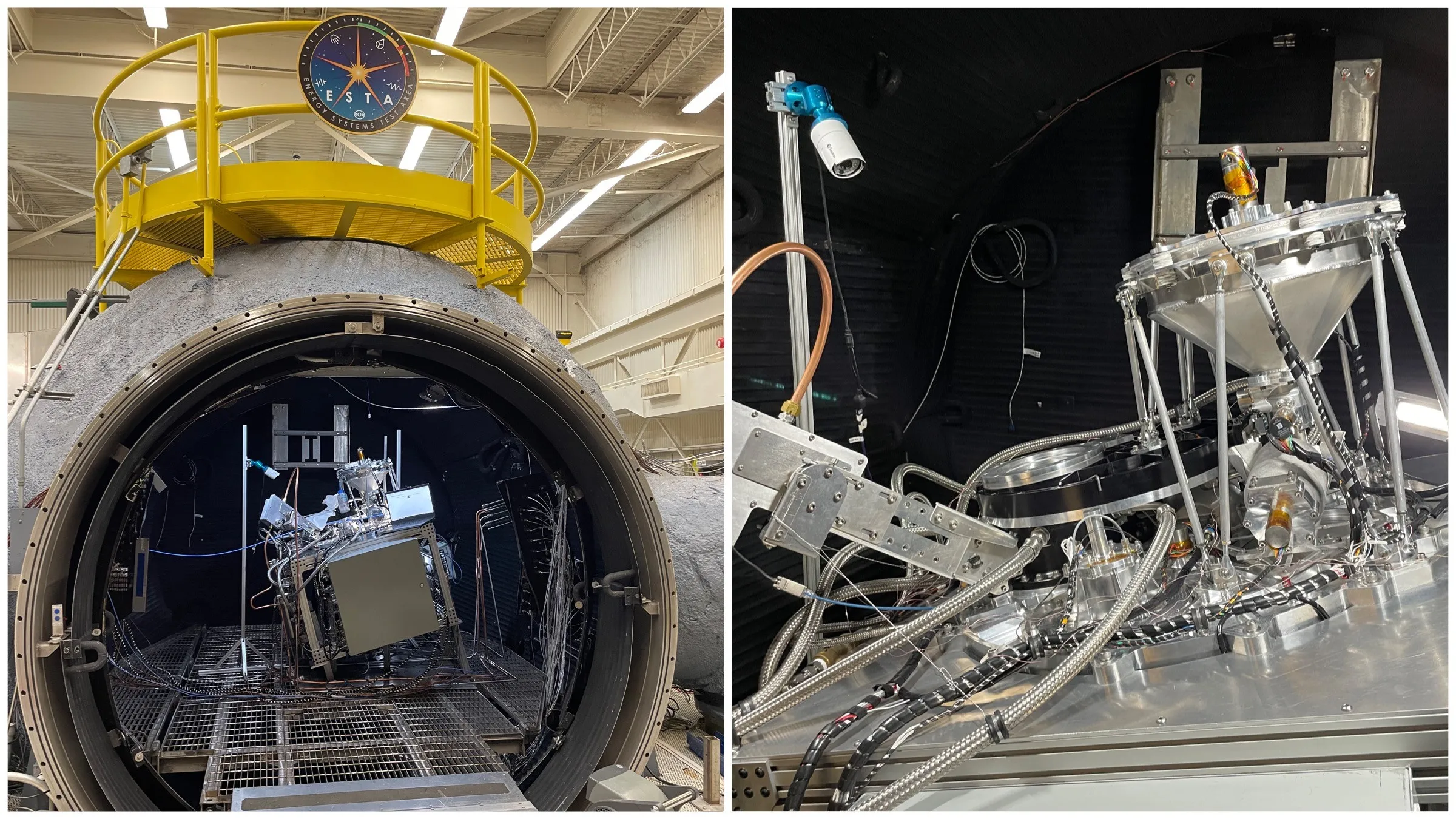Sierra Space soil-extraction technology could lead to oxygen ‘gas station on the moon’

When humans return to the moon (and ultimately travel beyond), they’ll need plenty of oxygen, both to breathe and propel crafts through space. Luckily for astronauts, there’s plenty packed inside lunar soil and Louisville-based Sierra Space Corp. says it has achieved a major breakthrough in development of technology for extracting that crucial resource.
THIS ARTICLE IS FOR SUBSCRIBERS ONLY
Continue reading for less than $3 per week!
Get a month of award-winning local business news, trends and insights
Access award-winning content today!





